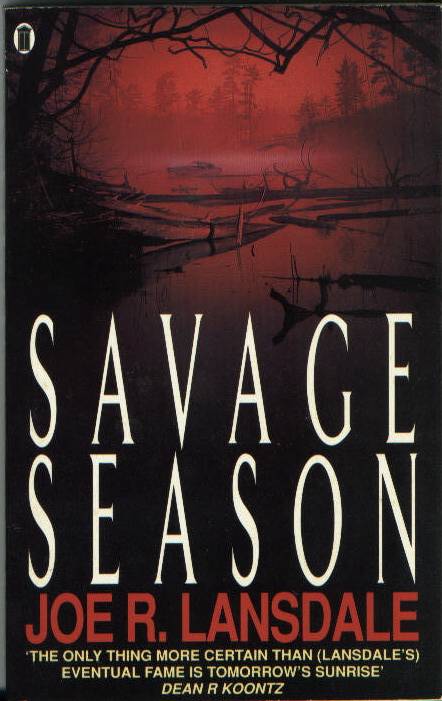This newest book by Elizabeth Gilbert was long anticipated by me as I was on the waiting list at the library for several weeks. We went to hear her speak through the library's "Author! Author!" series a couple of months ago. She was such an engaging speaker, and talked a lot about the book, so much of it was very familiar. Still I am really glad I read the book. She takes the opposite position of many "self-help" people who encourage readers to "follow their passion." Gilbert says, you can give those people the finger. If you have a clear passion, you are probably already following it; she recommends instead that you follow your curiosity. She does such a splendid job of summing up the book in the final chapter, that I just need to quote her:
"Creativity is sacred, and it is not sacred. What we make matters enormously, and it doesn't matter at all. We toil alone, and we are accompanied by spirits. We are terrified, and we are brave. Art is a crushing chore and a wonderful privilege. Only when we are at our most playful can divinity finally get serious about us. Make space for all these paradoxes to be equally true inside your soul, and I promise--you can make anything."
This also epitomizes her approach which is, on the one hand, advocating spirit and magic, and, on the other, brutally pragmatic. If you ever wanted to make things, do not burden that desire with the weight of expectations for greatness, significance, acknowledgement, or financial gain. Just do it because that is part of our nature as human beings and it makes us feel good. Lovely book.
"Creativity is sacred, and it is not sacred. What we make matters enormously, and it doesn't matter at all. We toil alone, and we are accompanied by spirits. We are terrified, and we are brave. Art is a crushing chore and a wonderful privilege. Only when we are at our most playful can divinity finally get serious about us. Make space for all these paradoxes to be equally true inside your soul, and I promise--you can make anything."
This also epitomizes her approach which is, on the one hand, advocating spirit and magic, and, on the other, brutally pragmatic. If you ever wanted to make things, do not burden that desire with the weight of expectations for greatness, significance, acknowledgement, or financial gain. Just do it because that is part of our nature as human beings and it makes us feel good. Lovely book.








